Today, exactly eleven years have passed since Steve Jobs introduced the first MacBook Air to the world at the Macworld conference. He declared it to be the thinnest laptop in the world. With a 13,3-inch screen, the laptop measured 0,76 inches at its thickest point and was clad in a solid aluminum unibody design.
In its time, the MacBook Air represented a true masterpiece. Unibody technology was still in its infancy at the time, and Apple blew the minds of both professionals and the lay public with a computer covered by a single piece of aluminum. The Air was no match for the PowerBook 2400c, which had been Apple's thinnest laptop a decade earlier, and Apple later began applying unibody technology to its other computers.
The target group for the MacBook Air was mainly users who did not put performance first, but mobility, pleasant dimensions and lightness. The MacBook Air was equipped with a single USB port, lacked an optical drive, and also lacked a FireWire and Ethernet port. Steve Jobs himself touted Apple's latest laptop as a truly wireless machine, relying solely on Wi-Fi connectivity.
The lightweight computer was fitted with an Intel Core 2 duo 1,6GHz processor and equipped with 2GB 667MHz DDR2 RAM along with an 80GB hard drive. It also had a built-in iSight webcam, microphone, and LED display backlight with the ability to adapt to ambient light conditions. A backlit keyboard and touchpad were a matter of course.
Apple updates its MacBook Air over time. Latest last year's version it is already equipped with a Retina display, a Touch ID fingerprint sensor or, for example, a Force Touch trackpad.
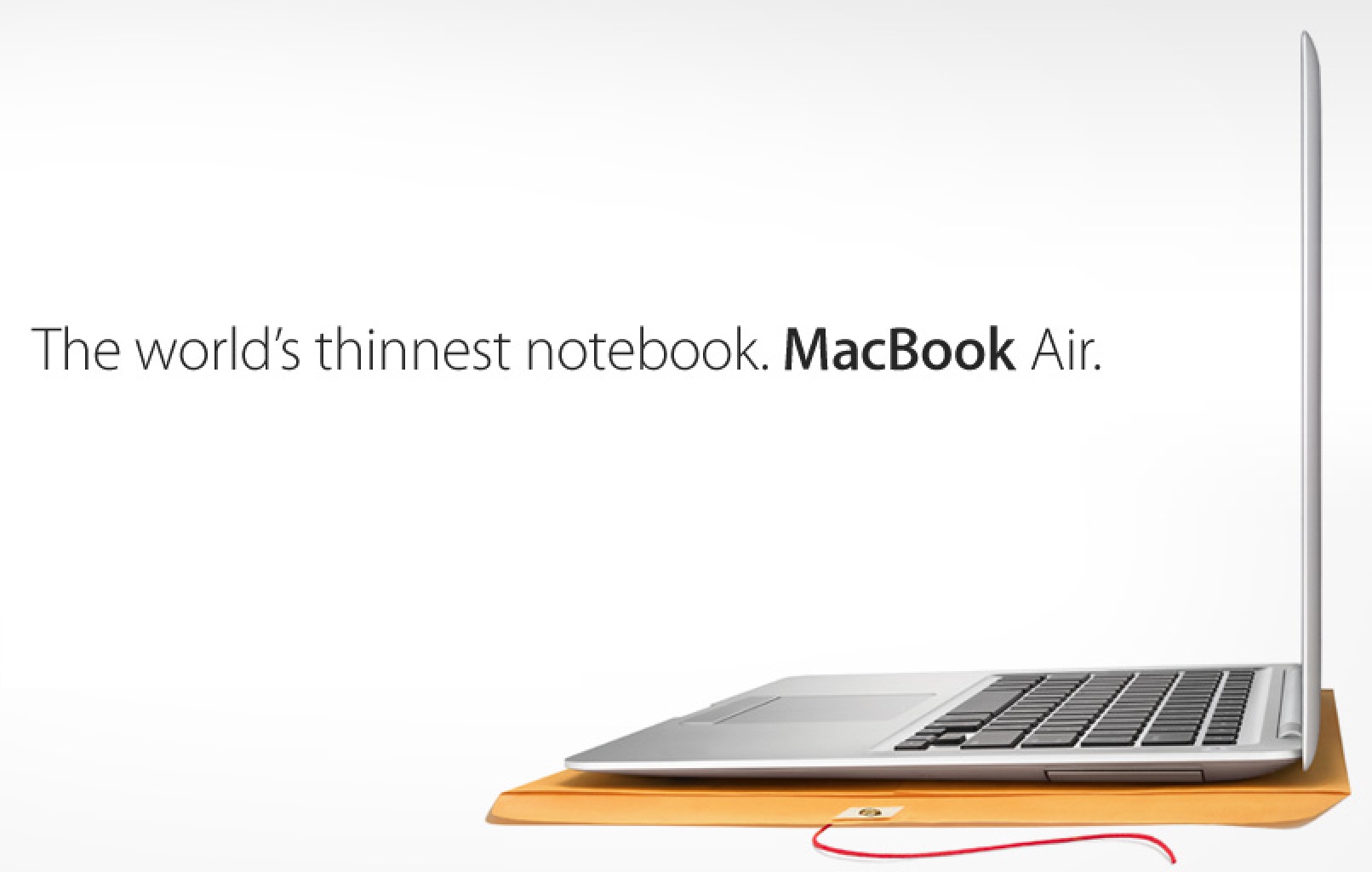
Source: Cult of Mac
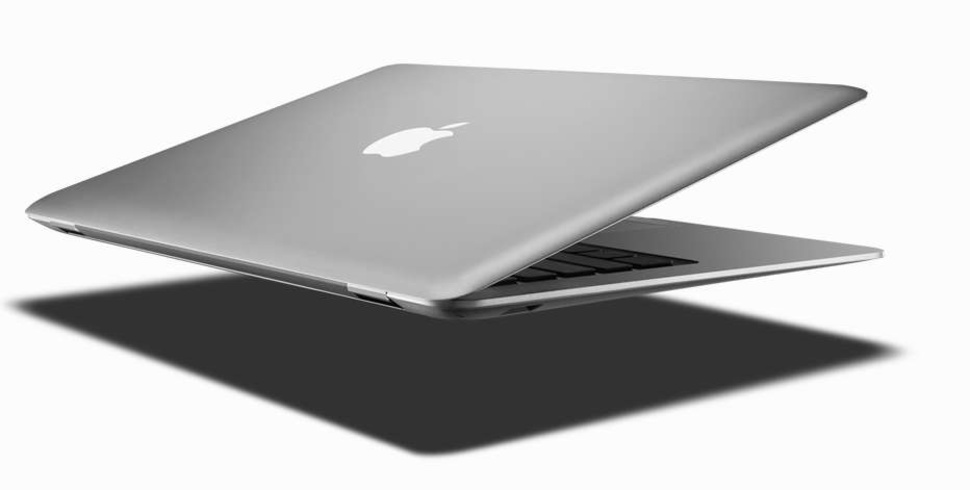
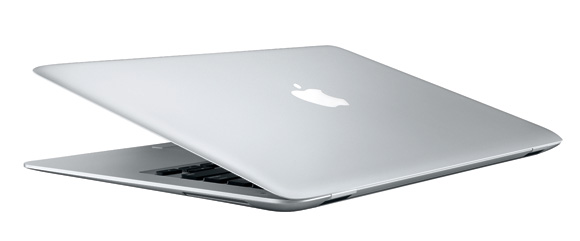


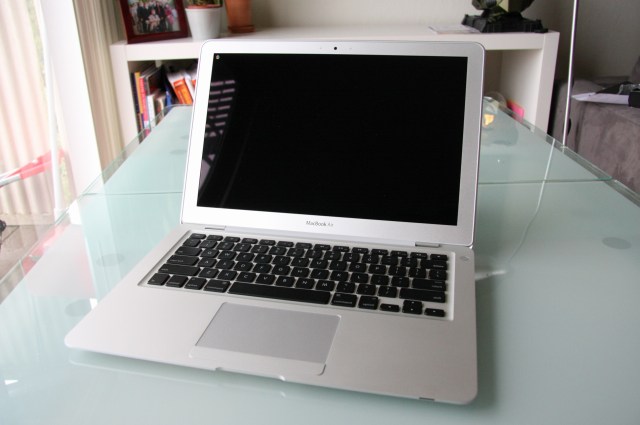


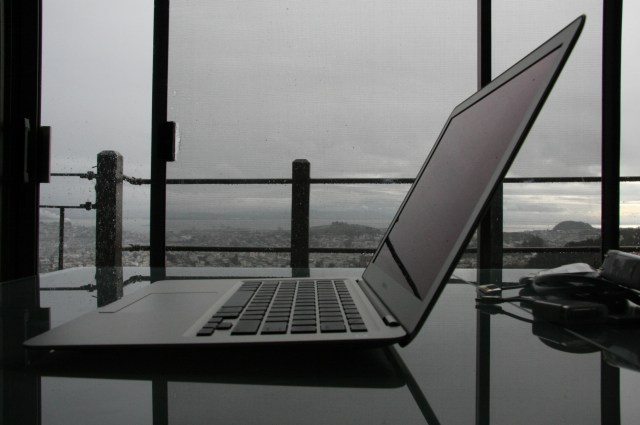

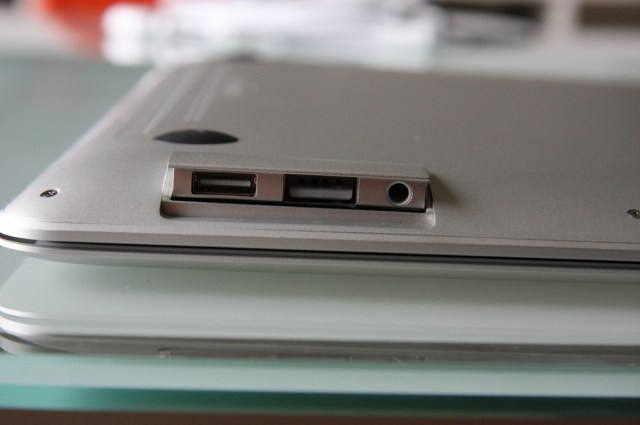
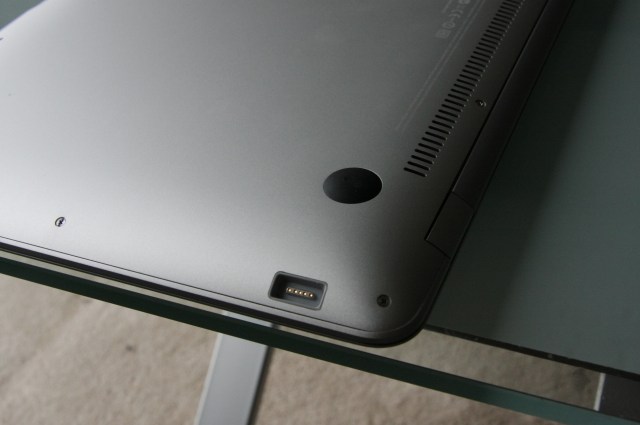
The first MacBook Air definitely didn't have an SSD drive, but an 80GB PATA HDD, and it didn't even have a backlit keyboard. I probably recommend studying: https://igotoffer.com/apple/macbook-air-1-1
Before you start being a smartass somewhere, at least read what you are sending a link to, when in the very second line it is clearly written that he had a backlit keyboard